Lake Trasimeno, what to see: 10 places of art
Set among the rolling hills ofUmbria, Lake Trasimeno is a natural wonder in the heart of central Italy. Always a crossroads for pilgrims and travelers, Lake Trasimeno is one of the most sought-after destinations for those in this part of Italy to visit the many cities of art in the surrounding area: from Perugia to Orvieto and then on to Città della Pieve, Todi and Assisi, as well as Cortona, Arezzo and even Florence, which is just over an hour’s drive away. Lake Trasimeno, however, is not only a renowned holiday resort frequented every year by many tourists who appreciate the unmistakable hospitality of characteristic villages such as Castiglione del Lago, Magione or Passignano, but it is also a treasure chest that preserves a history as rich as it is ancient, which has its roots even in prehistoric times. Here are 10 must-sees on your trip to Lake Trasimeno.
1. Palazzo della Corgna in Castiglione del Lago
A palace in the heart of one of the symbolic places of Lake Trasimeno. Dating back to the end of the 16th century, when Castiglione del Lago was the capital of a small marquisate that existed from 1550 to 1647, Palazzo della Corgna was conceived as a house of leisure for the family that ruled these lands at the time (Ascanio Della Corgna was the first marquis of Castiglione del Lago), and soon became its official residence. With its many rooms full of frescoes created between 1574 and 1590 by a team of painters led by Niccolò Circignani known as Il Pomarancio, Palazzo della Corgna allows visitors to fully immerse themselves in the atmosphere of that period and trace the history of these places through the exploits of its ancient lords and in particular those of Marquis Ascanio, which are combined with various mythological and historical themes that, not coincidentally, give their name to each room of this rich museum itinerary.
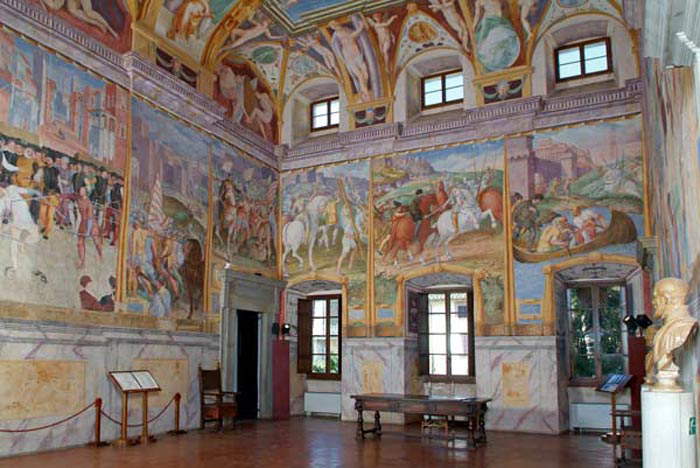
2. The Fortress of Castiglione del Lago
After visiting the wonders of Palazzo della Corgna unavoidable is then a visit to the Rocca del Leone, which is part of the same museum complex. This splendid medieval fortress has a peculiar pentagonal shape and stands on the remains of an Etruscan acropolis, a section of whose walls remains visible. From the second half of the thirteenth century this fortress took on a very important military role for the Municipality of Perugia since it allowed control of the entire Trasimeno area. Today the Rocca is accessed directly from Palazzo della Corgna, and inside you can admire ruins of a church of probably Byzantine origin, dedicated to Saints Philip and James, probably built on the remains of an Etruscan temple. The most striking part of the visit, however, is definitely the walk along the ancient walls from which there are breathtaking views.
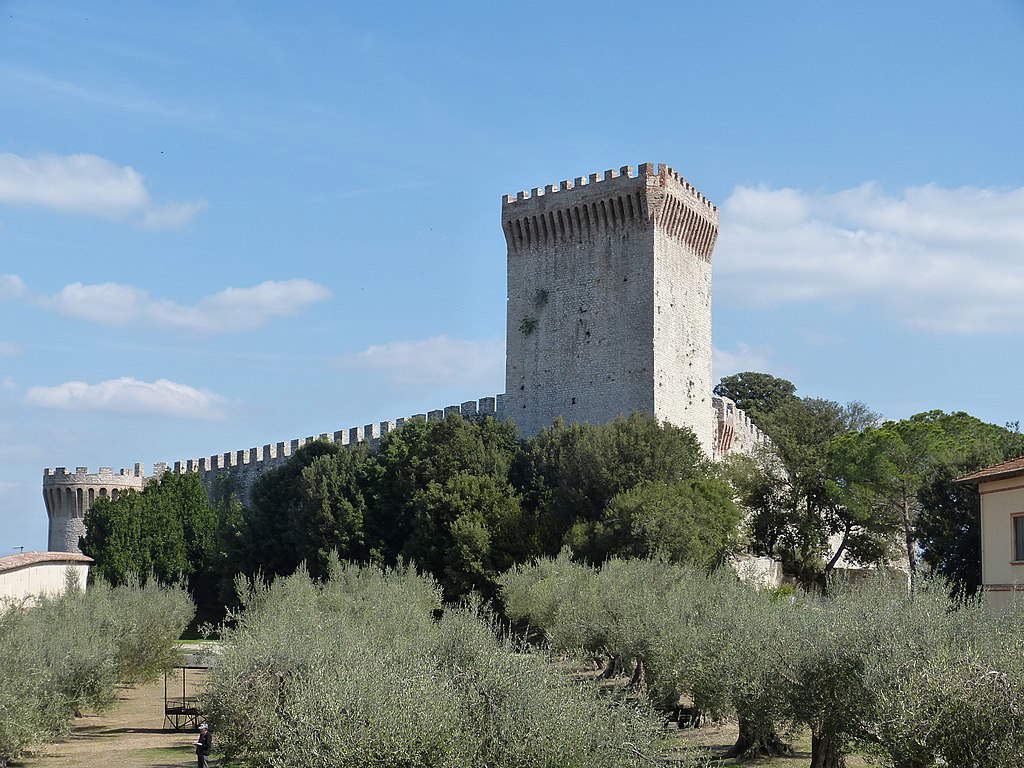
3. The Rocca and the village of Passignano sul Trasimeno.
Sometimes you don’t need a DeLorean to take a trip back in time, and if you want to experience the thrill of traveling back to the Middle Ages all you have to do, for example, is walk through the narrow streets of Passignano sul Trasimeno. Inside the walls of this town on the shores of the lake you almost seem to breathe the atmosphere of ancient times, and you inevitably end up getting lost in the alleys and small squares. The most striking corner of the village is undoubtedly its imposing fortress that rises within the village albeit in a slightly elevated position. Today, all that remains of the Passignano sul Trasimeno fortress are the ruins of the original ancient construction: the square walls, a half-destroyed keep and the northern part of the medieval castle, with its triangular tower.
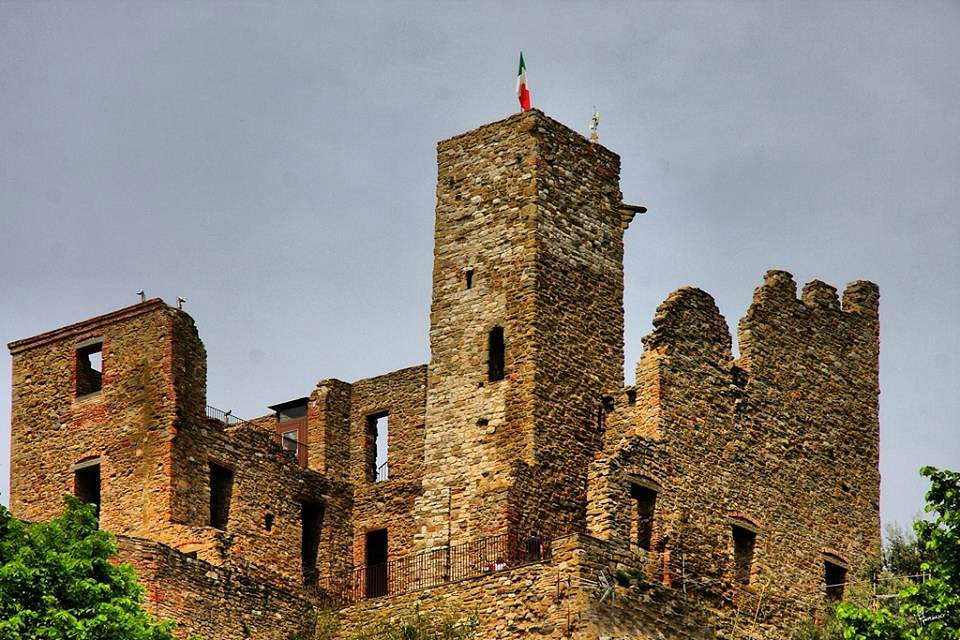
4. The lakeside promenade of Passignano sul Trasimeno.
After appreciating the austere beauty of the medieval town and, perhaps, imagining yourself riding through it lance in rest with your crest in the wind and riding your horse, a stop at the charming lakeside promenade of Passignano sul Trasimeno is a must. This ancient fishing village offers some of the most picturesque views in the entire region. Between open-air venues and well-kept gardens everywhere you turn your gaze this one can’t help but get endlessly lost and enchanted by how perfectly the beauty of nature blends with the architecture of the village and its quiet splendor.
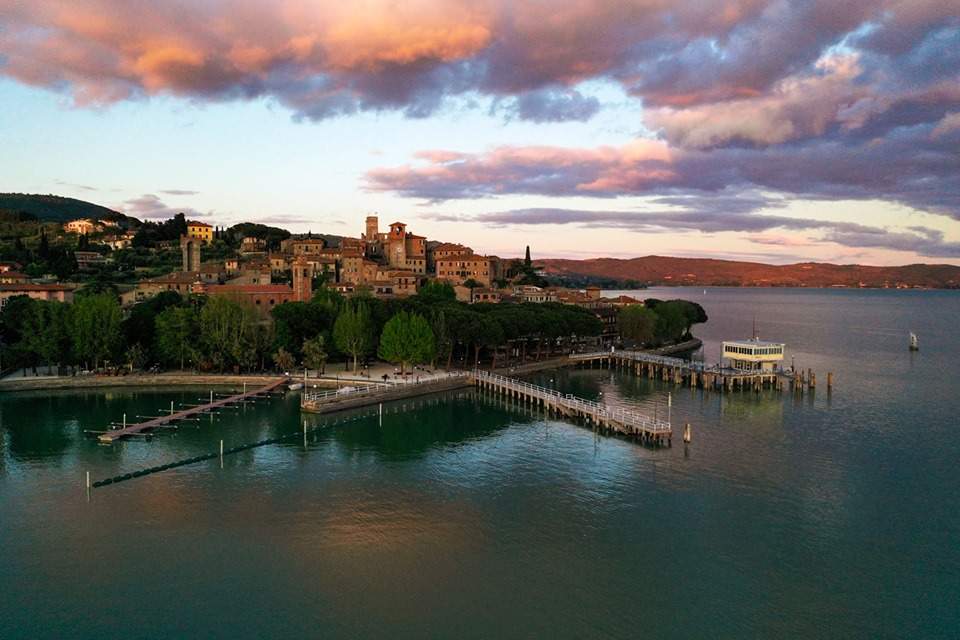
5. The Museum of Hannibal in Tuoro sul Trasimeno.
It was 217 B.C. when Tuoro was the site of what would later go down in history as the Battle of Trasimeno, the first major defeat suffered by the Roman army in the face of the Carthaginian armies led by Hannibal. Numerous events and theatrical re-enactments are organized every year in Tuoro to commemorate this important event. In the village you can also appreciate a route divided into 12 stages that retraces step by step the different moments of the famous battle, while inside the Palazzo del Capra is the dissemination center that reconstructs what happened in a rigorous manner. Here you will find, among other things, a specialized library, a room devoted entirely to the Second Punic War and the Battle of Trasimeno, and a small archaeological museum.
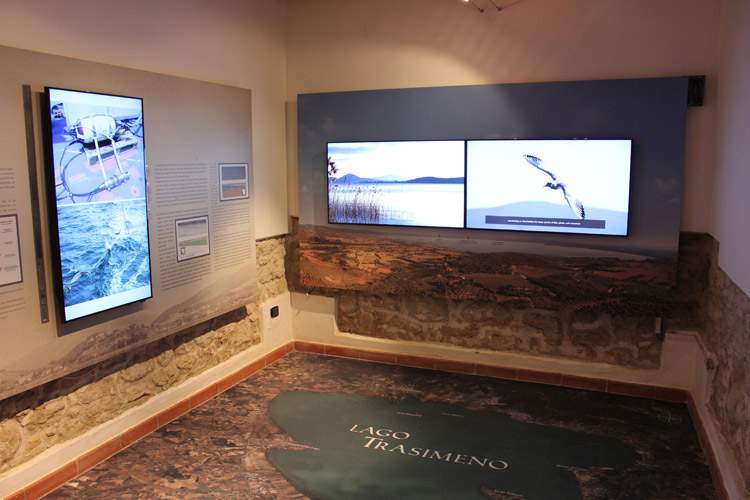
6. Maggiore Island
Isola Maggiore is one of only three islands in the center of Trasimeno and can be reached by ferry from Tuoro, Passignano and Castiglione del Lago. In its just 24 hectares, this naturalistic paradise offers a sea of possibilities, as much for lovers of the outdoors as for those seeking more cultural entertainment. A rich network of paths runs the entire width of the island, which rises about 50 meters from the water level, penetrating through the lush scrub composed mainly of olive trees, holm oaks, pines and poplars. Today Isola Maggiore has only about fifteen inhabitants, but it can boast of numerous traces of a much more important history including the ruins of an ancient Roman tower, the castle of Marquis Giacinto Guglielmi, several churches including the oldest one, that of San Salvatore, or the church of San Michele Arcangelo on the top of the island, which inside preserves a beautiful crucifix by Bartolomeo Caporali, a Franciscan convent and much more.
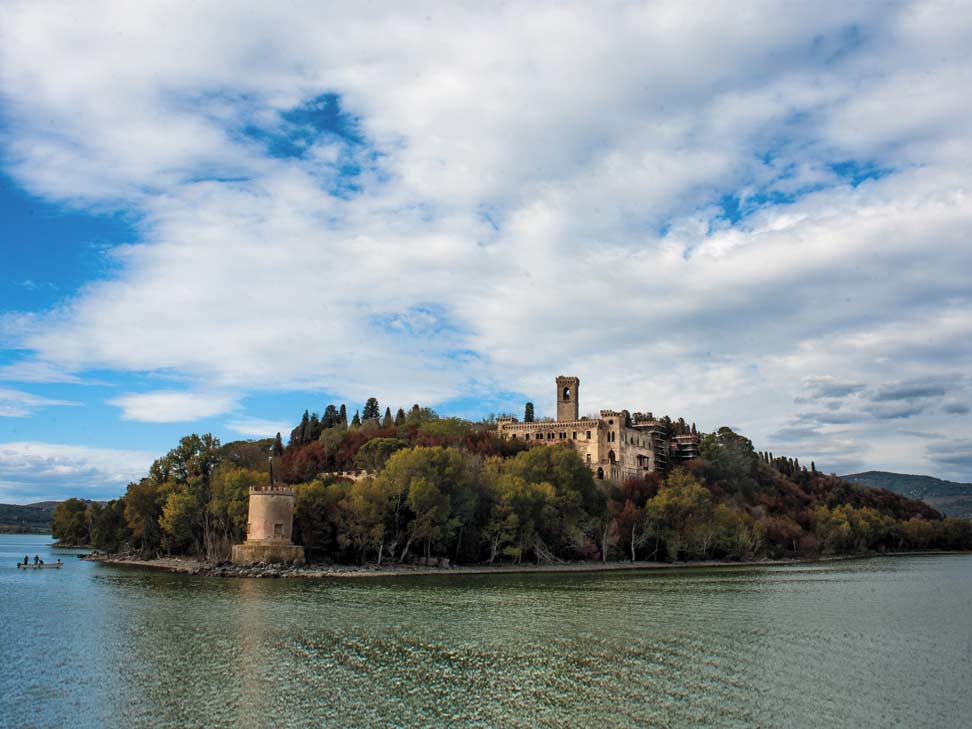
7. Palazzo della Corgna in Città della Pieve
The jewel of Città della Pieve’s historic center stands just across from the Cathedral and is a testament to the family’s fortunes. The façade is decorated with relief elements of pietra serena, while inside the protagonists are the rich colors of the numerous frescoes that adorn the vaults of its halls and stairways. On the second floor, where the governor’s apartments were located, the ceilings are frescoed by Niccolò Circignani known as il Pomarancio and depict the Concert of the Muses. The ground floor, on the other hand, was intended as a place of recreation and there is painted a Boarding House of the Gods that many attribute to Salvio Savini. Today the palace along with the oratory of Santa Maria dei Bianchi, the church of San Pietro and the church of Santa Maria dei Servi is part of the city’s open museum circuit and houses the municipal library.
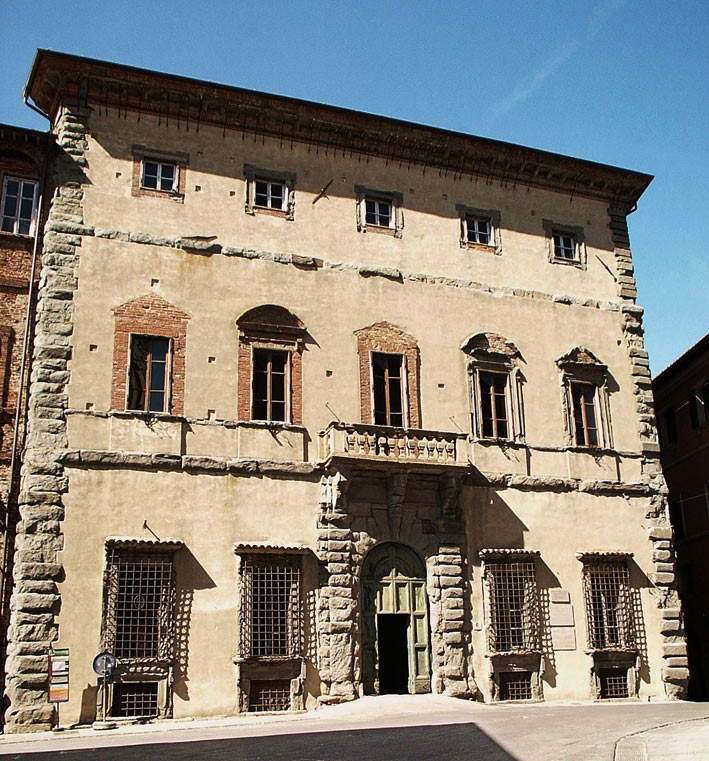
8. The Co-Cathedral of Città della Pieve
Dedicated to Saints Gervasius and Protasius, the Cathedral of Città della Pieve is certainly one of the best known and most visited symbols of this entire area. The church has a very ancient history that has its roots as far back as the 4th-5th centuries AD. Over the centuries numerous interventions took place that completely changed the face of this place of worship and of which only a few traces remain today. The present church dates back to the 16th-17th centuries as do the side chapels and the majestic bell tower. The crypt located under the high altar, on the other hand, was built on buildings dating as far back as Etruscan-Roman times and dates from the Gothic period. There are numerous valuable works that can be admired inside the Cathedral of Città della pieve especially dating back to the 16th and 17th centuries. These include the Baptism of Christ and the Madonna between Saints Gervasius, Protasius, Peter and Paul by Pietro Vannucci known as Perugino, a great artist who worked between the 15th and 16th centuries, Raphael’s master, a native of Città della Pieve and a true genius loci of these lands.
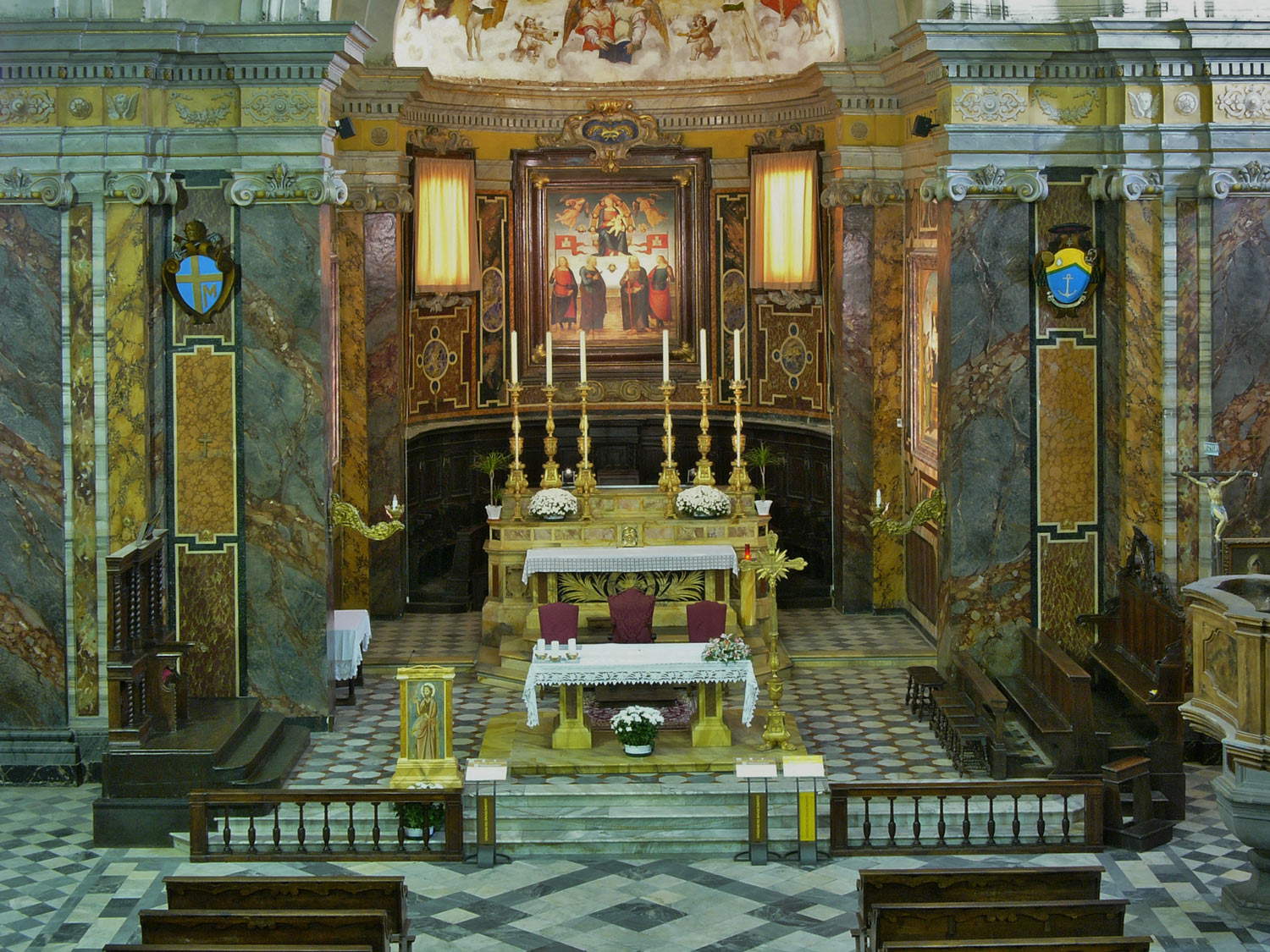
9. The oratory of Santa Maria dei Bianchi in Città della Pieve.
“Home” to the magnificent fresco of theAdoration of the Magi painted by Perugino in 1504, the oratory of Santa Maria dei Bianchi is an architectural jewel that has been preserved over the centuries and features carefully dosed classical elements. Inside, the space is organized in a large rectangular hall covered by ribbed vaults where the white color dominates, which achieves the result of further highlighting Perugino’s masterpiece. On either side of the altar, however, there are two small passages that lead directly to the adjacent 17th-century church consisting of a single hall with a square apse.
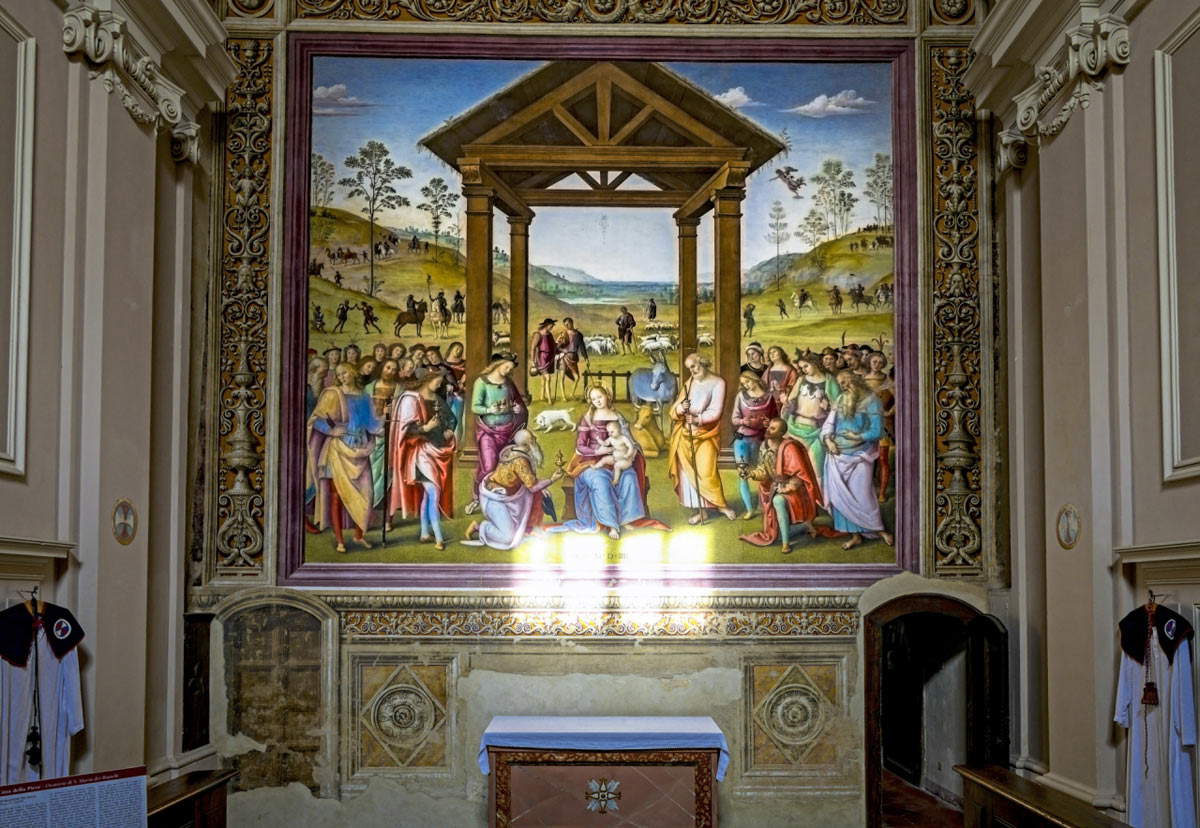
10. The Castle of Magione
History, nature and good wine. In Magione you can find all this in one place ancient shelter for pilgrims the castle of Magione was built by the Knights Hierosolimitani, or of Malta, and named after St. John the Baptist although for the locals and more simply the Badia. Beginning in the 1200s, the castle underwent numerous alterations that radically changed its appearance, but it nevertheless always remained the center of the town’s cultural life. Today the building is the heart of a large farm, but by reservation it is possible to visit some of the rooms of the castle and the chapel also hosts performances and concerts.
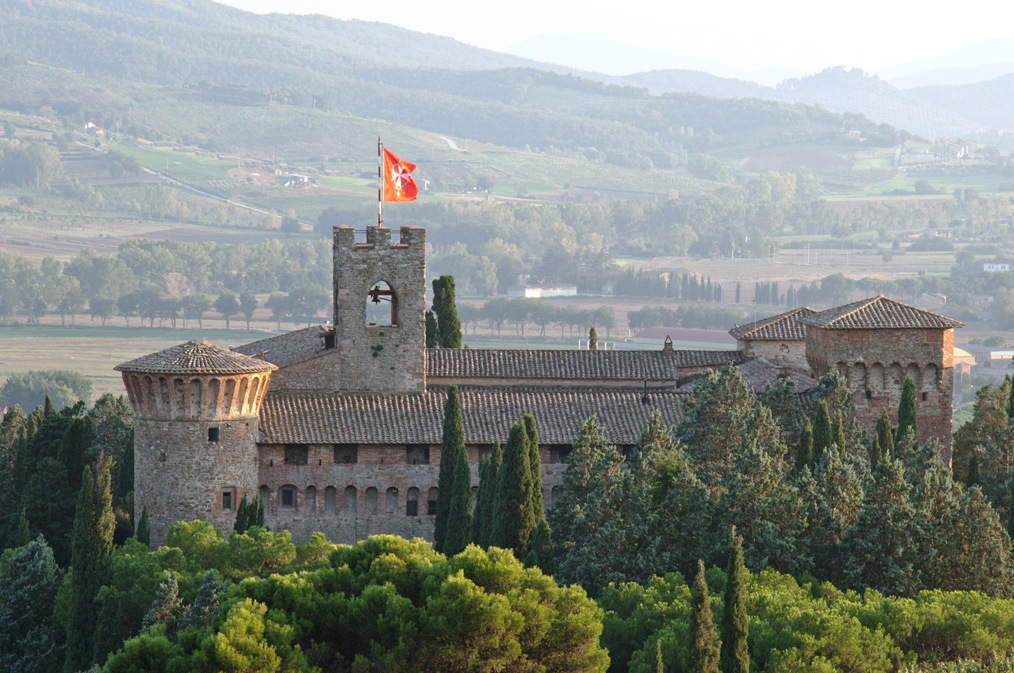
 |
| Lake Trasimeno, what to see: 10 places of art |
Warning: the translation into English of the original Italian article was created using automatic tools. We undertake to review all articles, but we do not guarantee the total absence of inaccuracies in the translation due to the program. You can find the original by clicking on the ITA button. If you find any mistake,please contact us.



























